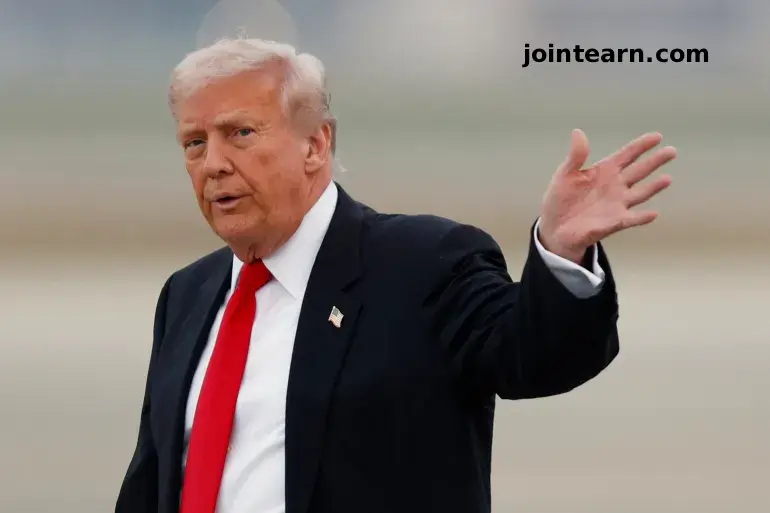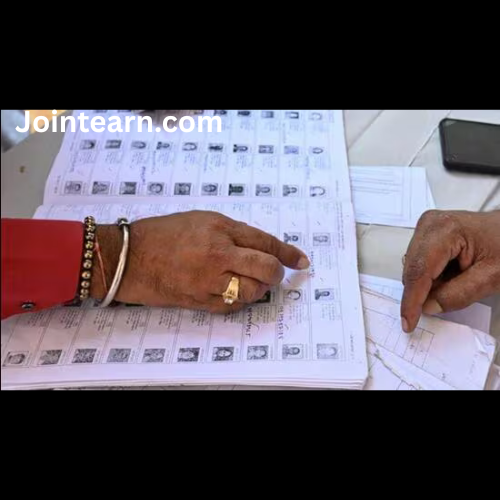
The White House has revealed that U.S. President Donald Trump is exploring a plan to distribute $2,000 cheques to Americans using revenue collected from tariffs imposed on imported goods. While the proposal is gaining attention, budget experts and economists have expressed skepticism about its feasibility and impact.
White House press secretary Karoline Leavitt confirmed on Wednesday that the administration is examining how the plan could be implemented, though key details—including eligibility criteria, income limits, and whether payments would extend to children—remain unclear.
Trump’s Tariff Dividend Proposal
President Trump first proposed the tariff dividend on his Truth Social platform, just days after the Republican Party faced setbacks in Virginia, New Jersey, and other state elections, largely attributed to public dissatisfaction with the high cost of living and his economic policies.
On Truth Social, Trump claimed that tariff revenue had increased so substantially that a “dividend of at least $2,000 per person (excluding high-income earners)” could be distributed to Americans. He suggested the payments would provide direct relief to households while highlighting the financial benefits of his trade policies.
Former National Economic Council official Alex Jacquez noted that Trump’s public statements differ from legal arguments presented by his administration in court, suggesting that the proposal might also be a strategic move to influence the Supreme Court as legal challenges to the tariffs continue.
Budget Experts Voice Concerns
Despite growing excitement among some supporters, economists and budget analysts have expressed serious doubts about the feasibility of the plan.
- Erica York, vice president of federal tax policy at the nonpartisan Tax Foundation, stated, “The numbers just don’t check out.”
- John Ricco, analyst at the Budget Lab at Yale University, estimated that Trump’s tariffs could generate $200 billion to $300 billion per year, whereas a $2,000 dividend for all Americans, including children, would cost around $600 billion—far exceeding projected revenue.
Even Treasury Secretary Scott Bessent indicated that the proposal had not been formally discussed with him and suggested the rebate might take the form of tax cuts rather than direct cheques.
Currently, tariffs have raised approximately $195 billion in fiscal 2025, up 153% from $77 billion in fiscal 2024. However, these funds represent less than 4% of total federal revenue and have had minimal effect on the $1.8 trillion federal budget deficit.
Legal and Practical Challenges
Trump’s tariff plan faces significant legal hurdles. The U.S. Supreme Court recently questioned whether the president has the authority to bypass Congress in imposing tariffs as a national emergency. A ruling against the administration could require refunding money to importers rather than distributing dividends to American families.
Economists also point out that tariffs are ultimately paid by U.S. importers, who often pass the added costs on to consumers through higher prices, potentially negating any economic relief the dividend might provide.
Erica York emphasized, “If the goal is relief for Americans, just get rid of the tariffs. The dividend plan misses the mark.”
Public Sentiment
Trump’s proposal comes amid widespread public dissatisfaction with his handling of the economy. A recent AP-NORC poll found that 67% of Americans disapprove of his economic management, citing concerns over inflation, high living costs, and trade policies. Only 33% of respondents approved of his approach.
The administration is now evaluating whether the tariff dividend can be operationalized in a way that satisfies both legal constraints and fiscal realities while providing tangible relief to Americans.
Conclusion
While the idea of a $2,000 tariff dividend has captured headlines and generated public interest, significant financial and legal obstacles remain. Analysts caution that implementing the plan would require Congressional approval, careful budget planning, and resolution of ongoing Supreme Court litigation regarding Trump’s tariff policies. For now, the proposal remains a bold, but uncertain, economic experiment.


Leave a Reply